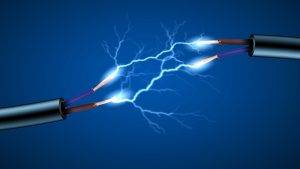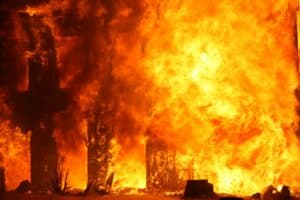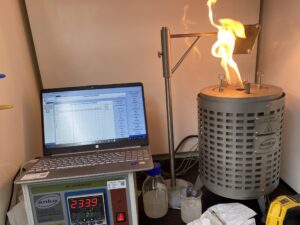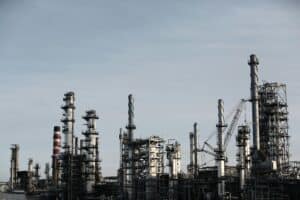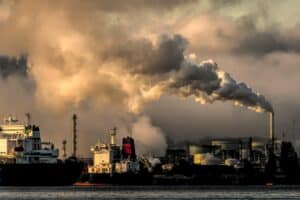We also offer
What is Gas Explosion (Pmax and Kg) Severity Test
The Gas Explosion Severity Test determines the degree of explosibility of combustible gases. This is characterized by two key parameters:
-
Maximum Explosion Pressure (Pmax): The highest pressure generated during a combustible gas explosion.
-
Explosibility Index (Kg): The rate of pressure increase during the explosion.
These values are critical for understanding explosion severity under specified operating conditions.
Testing Principle and Methodology
The procedure is similar to dust explosion measurements, except the dust dispersion step is omitted. Before adding the combustible gas, the pressure is reduced to below 0.4 bar to make room for the gas.
For example, when testing methane at 5 vol% and 10 vol%:
-
Partial pressures are 0.05 bar and 0.10 bar respectively.
-
Evacuation pressures are 0.35 bar and 0.3 bar respectively.
The gas concentration is varied across three series, adjusting evacuation pressure accordingly. Ignition is provided by an electrical arc discharge from a spark generator or chemical ignitors with 10 J of energy.
Pressure transducers measure Pmax and Kg during the test.
Applicable Standards
Testing is conducted in accordance with European Standard EN 15967.
Data Interpretation
Gases are classified based on Kg values:
-
St-1: 1–200 bar·m/s (weak explosion)
-
St-2: 200–300 bar·m/s (strong explosion)
-
St-3: ≥ 300 bar·m/s (very strong explosion)
The Gas Explosion Severity Test is essential for assessing the risks of combustible gases. Results are used to design deflagration containment, venting, and suppression systems. These values support compliance with NFPA 68, VDI Method 3673, and ISO Method 6184.
When to Perform Gas Explosion (Pmax and Kg) Severity Test
Gases identified as explosible (Go) must undergo severity testing to determine their explosion potential. Testing should be performed:
-
During material changes
-
Before process modifications
-
As required by safety regulations
This ensures workplace safety and helps prevent combustible gas-related incidents.
Why Choose Prime Process Safety Center
-
Experienced Team: Experts in gas explosion severity testing.
-
Advanced Equipment: State-of-the-art instruments for precise and sensitive measurements.
-
Strict Protocols: Adherence to rigorous quality control for reliable results.
- Accreditation: Testing performed in our ISO/IEC 17025:2017 accredited laboratory.
-
Insightful Analysis: Detailed data interpretation with tailored recommendations.
At Prime Process Safety Center, we deliver accurate, reliable, and defensible data that meets industry and regulatory standards.
FAQ
What causes combustible gas explosions?
Combustible gas explosions are typically caused by the ignition of a gas-air mixture in the presence of an ignition source. Common factors include leaks, inadequate ventilation, and the presence of an open flame or spark.
How can I prevent combustible gas explosions in my workplace or home?
Prevention measures include regular gas leak inspections, proper ventilation, using explosion-proof equipment, and following safety guidelines for handling and storing combustible gases. Additionally, educate individuals on proper procedures and emergency response protocols.
What should I do in case of a suspected gas leak?
If you suspect a gas leak, evacuate the area immediately. Do not use electrical switches or devices, as they can create sparks. Contact emergency services and the gas company. Wait for professionals to assess and address the situation.
Are there specific safety standards for handling combustible gases?
Yes, there are industry-specific safety standards and regulations that outline guidelines for the handling, storage, and transportation of combustible gases. Compliance with these standards is crucial for minimizing the risk of explosions.
How can I ensure the proper storage of combustible gases?
Store combustible gases in well-ventilated areas away from ignition sources. Use approved containers and follow guidelines for proper labeling. Implement safety measures such as fire-resistant cabinets and ensure employees are trained on safe storage practices.





